| 图片: | |
|---|---|
| 名称: | |
| 描述: | |
- 17体检
-
kangwang2010 离线
- 帖子:389
- 粉蓝豆:13
- 经验:590
- 注册时间:2010-03-04
- 加关注 | 发消息
| 以下是引用cqzhao在2010-3-12 20:51:00的发言:
I mentioned before it does not matter for this case to be called ascus or LSIL if clinicians observe the appropriate management. The purpose that I spent some time on this case is to let more people know the clinical management for young girls with ASC-US/LSIL Pap test. Should let the young girls with LSIL/ASC-US know that it is not a bog problem for them to have this abnormal Pap. Just repeat Pap at 12 month. Of cause young girls should have reasonable sexual behavour. This is out of the duty of pathologists. |

- 刀锋上的蚂蚁
| 以下是引用cqzhao在2010-3-12 20:42:00的发言:
Some of you may not be convinced that it is LSIL case. What is the 楼主's interpretation? Your interpretaion should be more accurate because you read the true glass slide |

- 刀锋上的蚂蚁
| 以下是引用cqzhao在2010-3-11 20:28:00的发言:
Why did ACOG change the guideline? The main reason is that rare young girls have cervical carcinoma. A lot of people do not agree with the ACOG new guideline. If a girl started her sexually activity at age 12, she still has the chance to have cervical cancer at the age 20. However, I did histological follow up for about 350 young women (20 or younger) with HSIL Pap and found no cancer in these women. |

- 刀锋上的蚂蚁
I mentioned before it does not matter for this case to be called ascus or LSIL if clinicians observe the appropriate managment.
The purpose that I spent some time on this case is to let more people know the clinical managment for young girls with ASC-US/LSIL Pap test. Should let the young girls with LSIL/ASC-US know that it is not a bog problem for them to have this abnormal Pap. Just repeat Pap at 12 month. Of cause young girls should have reasonabe sexual behavour. This is out of the duty of pathologists.
Why did ACOG change the guideline? The main reason is that rare young girls have cervical carcinoma.
A lot of people do not agree with the ACOG new guideline. If a girl started her sexually activity at age 12, she still has the chance to have cervical cancer at the age 20.
However, I did histological follow up for about 350 young women (20 or younger) with HSIL Pap and found no cancer in these women.
-
本帖最后由 于 2010-03-11 20:22:00 编辑
ACOG: (
美国妇产科医师学会 just has the new recommendation or guideline on December 2009:
1.
Young women should have their first Pap test no sooner than age 21, regardless of when they become sexually active.
2.
After age 21, women should have a Pap test every two years, instead of every year. At age 30, if a woman has no history of cervical cancer and has had three normal Pap tests in a row, she can be screened every three years, rather than every two to three years. (Women with certain risk factors, such as those who are HIV positive or who have a suppressed immune system, may need to be screened more often.)
3.
ACOG had previously recommended that women receive their first Pap test three years after having sex for the first time, or no later than age 21, with annual checkups after that.
| 以下是引用cqzhao在2010-3-11 12:45:00的发言:
I am doing a study including 474 young women aged 20 or younger with HSIL Pap cytology. Youngest with HSIL is 13 year old in my study group. So do not feel surprised to see 17 y.f with LSIL Pap |

- 刀锋上的蚂蚁

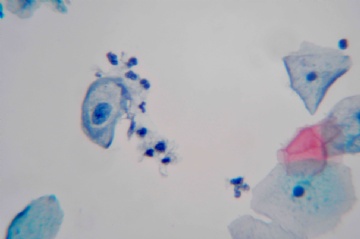
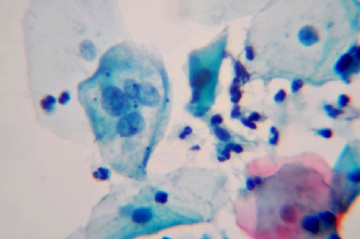
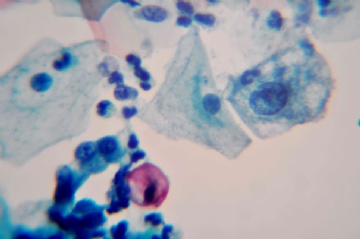
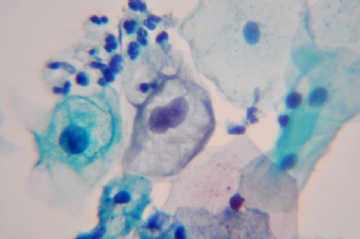
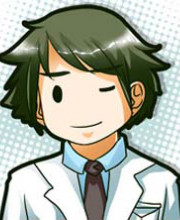



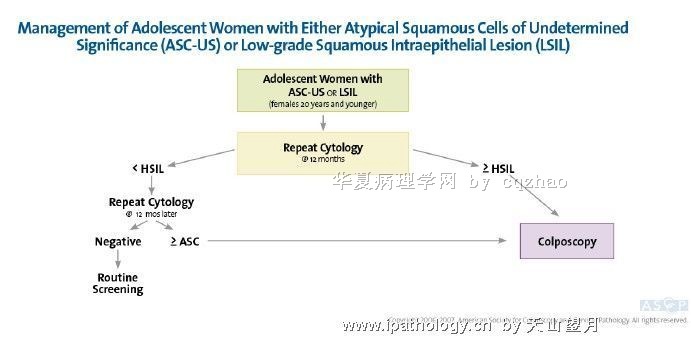
 So do not feel surprised
So do not feel surprised 












